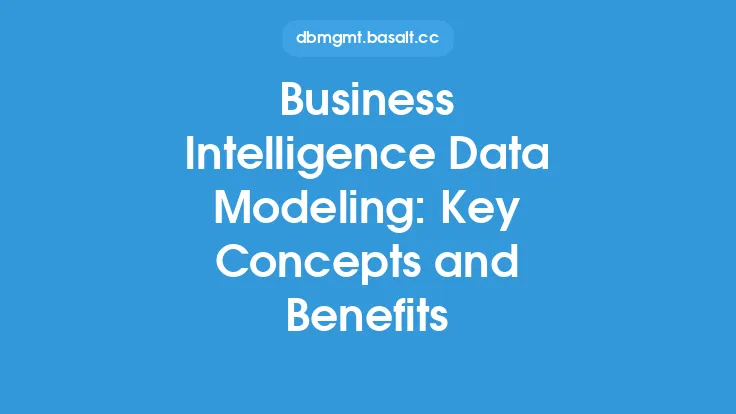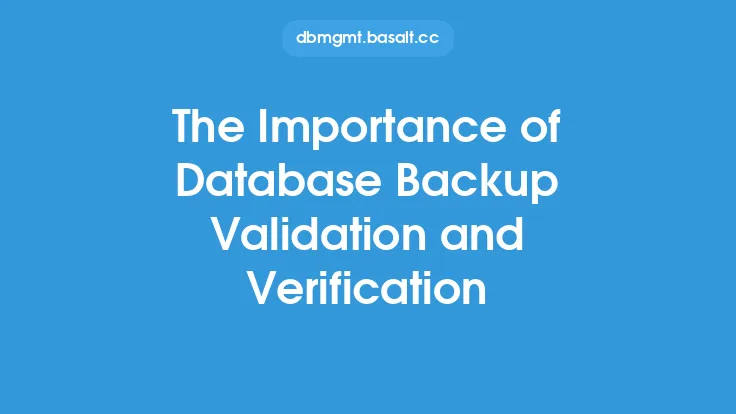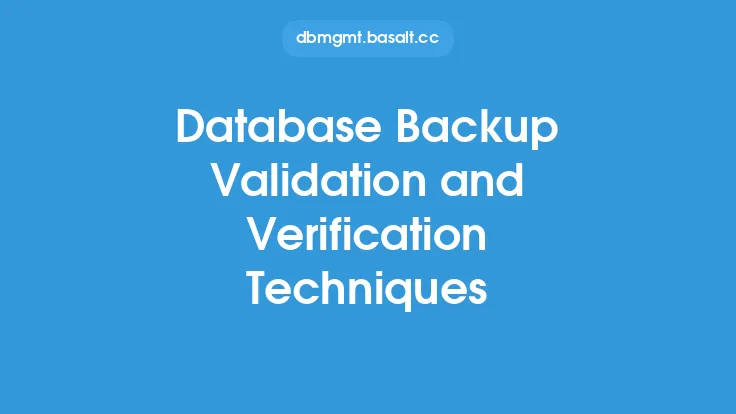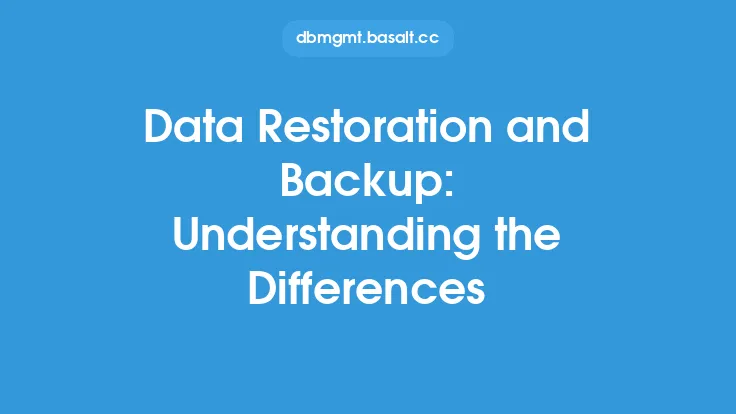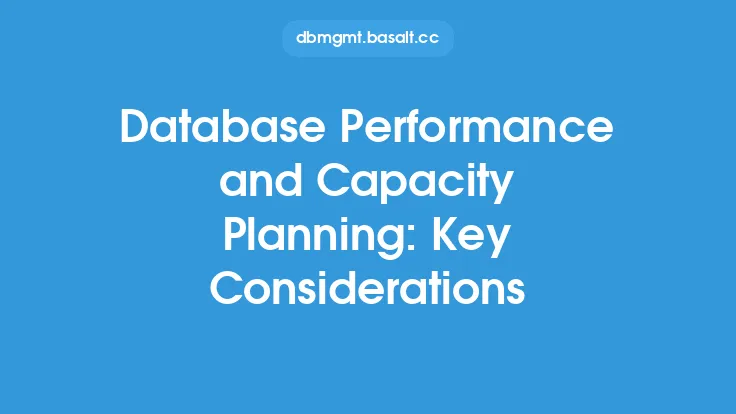Data validation and verification are two fundamental concepts in the realm of data management, often used interchangeably, but they have distinct meanings and implications. Understanding the differences and similarities between these two concepts is crucial for ensuring the accuracy, reliability, and integrity of data. In this article, we will delve into the world of data validation and verification, exploring their definitions, processes, and significance in maintaining high-quality data.
Introduction to Data Validation
Data validation refers to the process of checking data for correctness, completeness, and consistency, ensuring that it conforms to predefined rules, formats, and standards. This process involves evaluating data against a set of validation rules, which can be based on business requirements, regulatory requirements, or technical specifications. The primary goal of data validation is to prevent incorrect, incomplete, or inconsistent data from entering a database or system, thereby maintaining data quality and integrity. Data validation can be performed at various stages, including data entry, data import, or data processing, and can be automated using software tools or manual processes.
Introduction to Data Verification
Data verification, on the other hand, is the process of confirming the accuracy and authenticity of data, ensuring that it is genuine, reliable, and trustworthy. This process involves checking data against external sources, such as official documents, records, or other databases, to verify its validity and accuracy. Data verification is often used to detect and prevent data errors, inconsistencies, and fraudulent activities, such as identity theft or data tampering. The primary goal of data verification is to establish trust and confidence in the data, ensuring that it is accurate, complete, and reliable.
Key Differences between Data Validation and Verification
While data validation and verification are related concepts, there are significant differences between them. The primary difference lies in their objectives: data validation focuses on ensuring data correctness and consistency, whereas data verification focuses on confirming data accuracy and authenticity. Data validation is typically performed using predefined rules and formats, whereas data verification involves checking data against external sources. Additionally, data validation is often automated, whereas data verification may require manual intervention and expertise.
Similarities between Data Validation and Verification
Despite their differences, data validation and verification share some commonalities. Both processes aim to ensure the quality and integrity of data, although they approach this goal from different angles. Both data validation and verification involve checking data against certain standards or criteria, whether it be predefined rules or external sources. Furthermore, both processes are essential for maintaining data accuracy, completeness, and reliability, which is critical for informed decision-making, business operations, and regulatory compliance.
Technical Aspects of Data Validation and Verification
From a technical perspective, data validation and verification involve various techniques and tools. Data validation can be performed using programming languages, such as Java or Python, or using specialized software tools, such as data validation frameworks or libraries. Data verification, on the other hand, may involve using data matching algorithms, data profiling tools, or data quality software. Additionally, data validation and verification can be integrated into various data management systems, such as databases, data warehouses, or enterprise resource planning (ERP) systems.
Best Practices for Data Validation and Verification
To ensure effective data validation and verification, several best practices should be followed. First, it is essential to establish clear data validation and verification rules, based on business requirements and regulatory standards. Second, data validation and verification should be performed at multiple stages, including data entry, data import, and data processing. Third, automated data validation and verification tools should be used wherever possible, to improve efficiency and reduce errors. Finally, data validation and verification results should be regularly reviewed and analyzed, to identify trends, patterns, and areas for improvement.
Conclusion
In conclusion, data validation and verification are two distinct yet complementary concepts, essential for maintaining the accuracy, reliability, and integrity of data. While data validation focuses on ensuring data correctness and consistency, data verification confirms data accuracy and authenticity. Understanding the differences and similarities between these concepts is crucial for implementing effective data management practices, ensuring high-quality data, and supporting informed decision-making. By following best practices and leveraging technical tools and techniques, organizations can ensure the validity, accuracy, and reliability of their data, ultimately driving business success and regulatory compliance.

